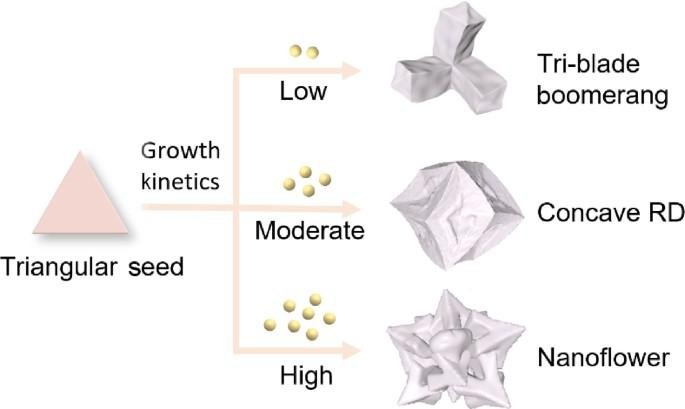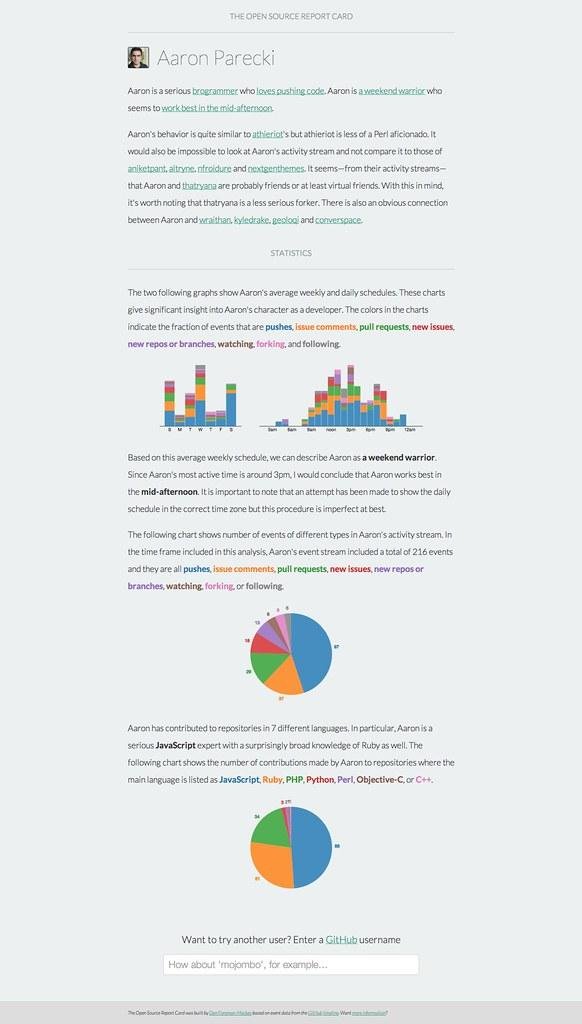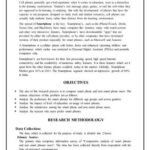research report and research paper difference

In the vast landscape of academia, where knowledge is both sought and shared, the terms “research report” and “research paper” often flutter about like leaves in the wind, each carrying its own significance and purpose. For students, scholars, and professionals alike, understanding the subtle yet important distinctions between these two forms of academic writing is essential in navigating their research journeys. While both serve as vessels of investigation and insight, they are crafted with different intentions and audiences in mind. This article delves into the intricate nuances that set research reports apart from research papers, enlightening readers on how each contributes uniquely to the tapestry of scholarly communication. So, whether you are embarking on a fresh research project, or simply looking to clarify your academic vocabulary, let us explore the pathways that lead to mastering these essential forms of expression in the world of research.
Understanding the Foundations: Distinguishing Research Reports from Research Papers
To grasp the core differences between research reports and research papers, it’s essential to delve into their distinct purposes and audiences. Research reports are primarily designed to communicate findings from an investigation to stakeholders such as managers, clients, or policymakers. These documents are often detailed and data-driven, focusing on the practical implications of the findings. Key elements include sections like methodology, data analysis, and recommendations, ensuring that the reader can readily understand and apply the results in real-world scenarios. In contrast, research papers are primarily academic, aiming to contribute to the existing body of knowledge in a specific field of study. They not only present findings but also engage with existing literature, theorize concepts, and critically analyze methodologies, fostering scholarly debate and discourse. The format typically includes an introduction, literature review, results, and conclusion that adheres to academic standards.
Furthermore, the writing style varies significantly between the two formats. Research reports are often straightforward, employing concise language and providing summaries for easy interpretation, while research papers tend to utilize a more formal tone, characterized by complex sentence structures and comprehensive citations. The following table outlines some fundamental differences:
| Aspect | Research Report | Research Paper |
|---|---|---|
| Purpose | To inform and guide decisions | To contribute to academic knowledge |
| Audience | Stakeholders, policymakers | Academics, researchers |
| Style | Concise, straightforward | Formal, analytical |
| Structure | Reports with sections like methodology, findings | Standardized structure with sections like literature review, analysis |

Structural Nuances: Exploring the Format and Presentation Differences
When examining the differences in structure between research reports and research papers, it’s essential to recognize the distinct purposes they serve within the academic and professional landscapes. Research reports typically aim to communicate findings succinctly and efficiently. Their format is often more rigid, including specific sections such as an abstract, methodology, results, and conclusion, all designed to present data clearly. Conversely, research papers allow for a more expansive exploration of a topic, featuring an introductory section that outlines the research problem, a detailed literature review, and a theoretical framework. This organized yet flexible presentation style invites deeper analysis and discussion.
Furthermore, the visual presentation of these documents highlights their differences. While research reports may utilize tables and figures primarily to summarize data and display key results, research papers often include extensive citations and references formatted according to specific style guides. Important elements include:
- Research Reports: Brief summaries, clear headings, data visualizations
- Research Papers: Comprehensive introductions, extensive literature reviews, argumentative structure
This distinction not only influences the reading experience but also informs how information is synthesized and understood within each format, showcasing the nuances in approach and depth of analysis.

Objective Insights: Analyzing Purpose and Audience Variation
When distinguishing between a research report and a research paper, it’s crucial to understand that each serves a distinct purpose tailored to different audiences. A research report is often aimed at stakeholders or decision-makers, focusing on providing a comprehensive overview of findings and implications. It emphasizes clarity and conciseness, ensuring that the audience can quickly grasp the critical insights necessary for informed decision-making. In contrast, a research paper targets an academic audience, aiming to contribute to the existing body of knowledge within a scholarly context. This format allows for deeper engagement with theories, methodologies, and extensive literature reviews.
Moreover, the structure and style of these documents vary considerably, further reflecting their purposes and intended audiences:
| Aspect | Research Report | Research Paper |
|---|---|---|
| Length | Typically shorter and concise | More extensive, detailed |
| Focus | Results and recommendations | Theoretical framework and literature |
| Visual Aids | Graphs, charts, and bullet points | Less visual, more text-based |
| References | Practical data sources | Academic citations and peer-reviewed sources |
These differences underscore the necessity for writers to adapt their content accordingly. Recognizing the target audience not only shapes the writing style but also influences the choice of format, tone, and detail included. By understanding these distinctions, researchers and writers can effectively communicate their findings in a manner that resonates with their respective audiences, enhancing the overall impact of their work.

Practical Guidance: Recommendations for Crafting Effective Research Outputs
When crafting research outputs, it is essential to tailor your style to the intended format, whether it is a research report or a research paper. To create an effective research report, emphasize clarity and accessibility. Use straightforward language and a structured layout that presents data prominently. Highlight key findings in bullet points and employ visuals such as tables and charts to facilitate understanding. Here are some key tips for reports:
- Use headings and subheadings to organize content efficiently.
- Incorporate concise executive summaries to capture the essence of your work.
- Always provide clear recommendations based on your findings.
In contrast, when writing a research paper, your focus should be on depth of analysis and argumentation. This format typically requires a more rigorous methodology and comprehensive literature review. Rely on formal language and elaborate on various aspects of your research, including theoretical implications. Key points to remember for papers include:
- Craft a compelling thesis statement that guides your narrative.
- Engage with existing research to highlight the significance of your work.
- Utilize citations liberally to support your arguments.
| Aspect | Research Report | Research Paper |
|---|---|---|
| Purpose | Summarize findings for stakeholders | Present and justify research findings |
| Style | Concise and clear | Formal and argumentative |
| Structure | Flexible and report-focused | Structured with sections like introduction, methods, and discussion |
The Way Forward
understanding the nuances between a research report and a research paper is essential for anyone navigating the academic landscape. While both serve the vital purpose of disseminating knowledge, they cater to different audiences and fulfill distinct functions. Research reports offer a succinct overview of findings, catering to practitioners and professionals who seek actionable insights, while research papers delve deeper into theoretical frameworks and contribute to the broader scholarly conversation. By recognizing these differences, researchers can better tailor their work to meet the expectations of their intended audience, ensuring that their contributions resonate effectively within their respective fields. Thus, whether you are embarking on your own research journey or simply exploring the academic terrain, appreciating the contrasts between these two forms of written discourse can enhance your understanding and proficiency in the art of scholarly communication.




